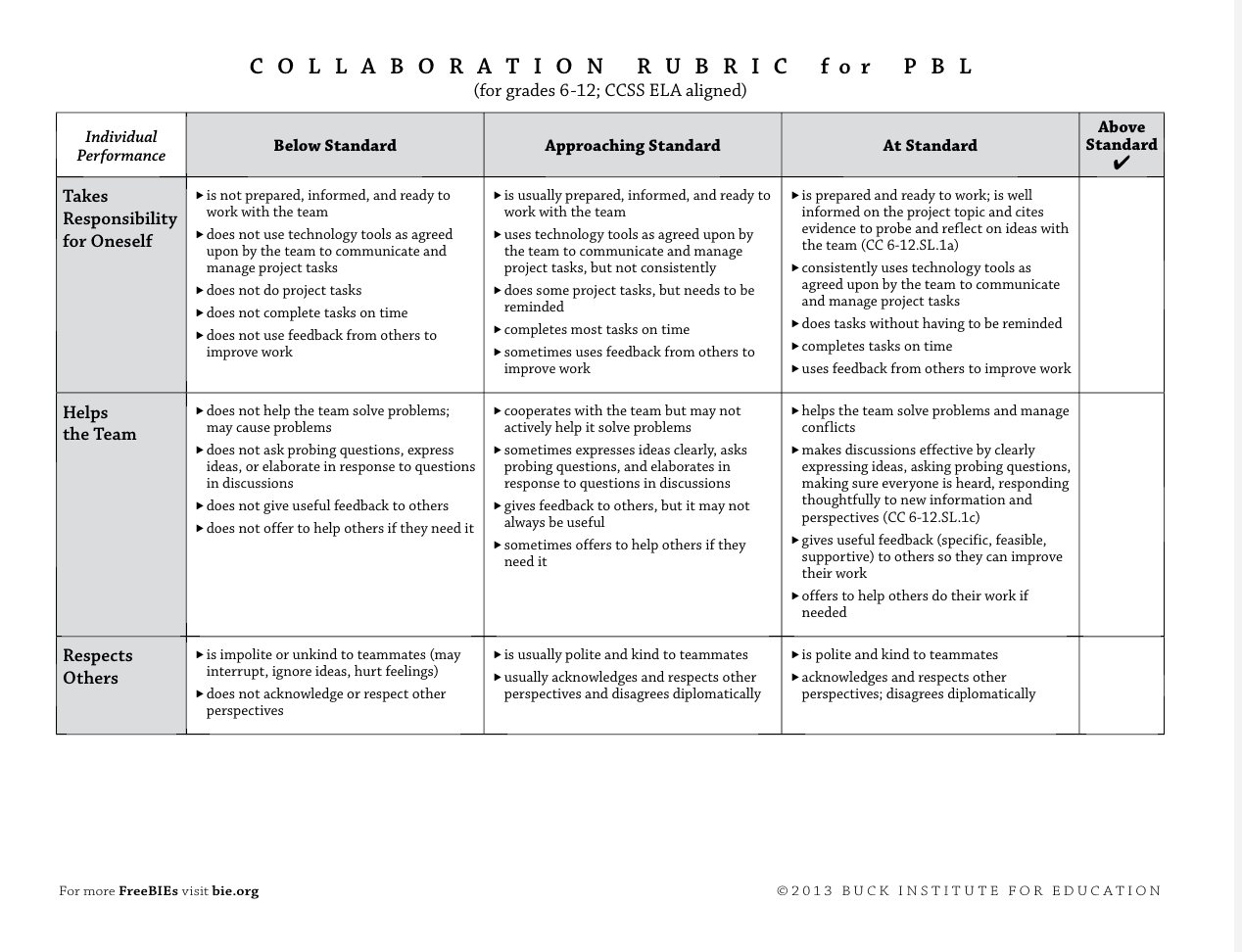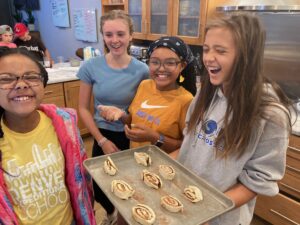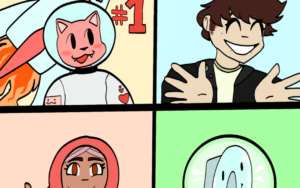Collaboration: Key to Successful Teams and Projects

Almost every significant contribution requires a team. That is increasingly true whether you’re a doctor, entrepreneur, first responder or educator. Dr. Atul Gawande, author of Being Mortal, notes that every profession has moved beyond the individual craftsman to delivery in teams.
Software is usually developed in teams because studies show that groups tend to innovate faster, see mistakes more quickly and find better solutions to problems. Studies also show that people working in teams tend to achieve better results and report higher job satisfaction.
Collaboration is key to successful teams and projects. It is sometimes thought of as a “soft skill” but in high-performance organizations, collaboration is the result of the intentional design of culture, structure, and tools, and the cultivation of individual mindsets and skill sets.
- Culture: diversity is welcomed and every voice is valued; collaboration is a shared value and built into performance feedback systems.
- Structure: people work in networked teams with clear roles and relationships. Physical spaces and organizational routines encourage formal and informal collaboration.
- Mindset: social awareness, self-management, relationship skills (the core elements of social and emotional learning).
- Skill set: project management, group facilitation, and design thinking.
- Tools: communication and project management tools; analysis, production and feedback systems.
A Google study of effective teams showed that team norms especially psychological safety were key to performance. The lead researcher found that giving people this data caused them to pay attention to team norms but added, ‘‘Don’t underestimate the power of giving people a common platform and operating language.’’
As life and work become augmented with communication and analysis technology, collaboration skills now include working with smart tools and as well as smart people. It’s time to add algorithmic awareness to social awareness as a core collaboration skill.
Preparing to collaborate in a project-based world
Young people are headed for project-based world where much of their work will be conducted in projects and often in teams. The best preparation for the future of work is high-quality project-based learning (PBL) where students collaborate on an extended challenge and produce a valuable product.
We visited four schools exhibiting collaboration as part of high quality project-based learning: Napa Junction Elementary and Design Tech High in the Bay Area, One Stone in Boise and Thrive in San Diego.
Napa Junction is one of three elementary demonstration sites in the New Tech Network. Located between Napa and Vallejo, California. Projects start with clear learning targets (the STEM-focused school links projects to NGSS) and team norms.
Napa Junction teachers invite students to check in daily on how they’re doing. These check-ins help guide collaborative project work (e.g., a teacher might provide extra support for a student distracted by a home issue). Lisa Anderson (below) coaches students on project-based learning.

New Tech schools use rubrics to assess projects on critical thinking, creativity, collaboration and agency. The collaboration rubric for fifth grade is shown below.

The faculty of Design Tech High on the Oracle campus engages students in collaborative and cross-disciplinary projects. Students use design thinking to attack big problems.
Executive Director Ken Montgomery said, “Every design lab project ends up being a collaborative project by necessity. You just can’t do complex, high quality work in isolation.”

At One Stone, a project-based Boise high school, collaboration is central to governance, culture and skill building. Students serve on the school board and are involved in making decisions about the life of the school. Every voice matters in the One Stone culture. Collaboration is not just an attitude, it’s a set of interaction, design thinking, and facilitation skills.
Collaboration is a specific skill in the One Stone outcome framework (summarized below) but it draws upon creativity, mindset and knowledge domains.

During the first week of the school, the students (below) designed the school culture. In every project, One Stone students practice empathy, draw on a big toolbox of facilitation strategies, and frequently clarify roles, responsibilities and timelines to produce great products.

Collaboration in PBL requires both awareness of others and awareness of self. The Buck Institute for Education Collaboration Rubrics for PBL all include an emphasis on these skills. In addition, collaboration in PBL usually means students need to employ project management skills and keep track of how and when they are collaborating with others to produce deliverables or products.

Collaboration is also an integral part of teaching and learning at Thrive Public Schools in San Diego. Students work on integrated projects across academic content areas and learn how to collaborate with their peers. 
Virtual or face-to-face, partner work or projects done in teams, collaboration with others is an integral and for many an inextricable part of daily work and life.
Conclusions on Collaboration
As every job and project team becomes augmented with technology, it becomes more important than ever to learn and encourage collaboration.
The four schools highlighted above do seven things to promote collaboration.
Make collaboration a shared value. Make it clear that diversity is valued and that everyone’s voice should be heard.
Assign tasks that build collaboration. Both individual and team projects require forms of collaboration.
Teach collaboration skills. Teach design thinking, group facilitation and team communication skills.
Provide collaboration tools. Create access to project management and communication tools.
Encourage collaborative feedback. Your work can only stand to improve if you collaborate with peers and receive feedback on your drafts. Ron Berger has been telling us all for years that developing beautiful work takes feedback, iterations and honest reflection.
Make room for collaboration. When you have opportunity, add rooms for project teams to work together. Modular furniture and easy to move stools make it easy to support group work.
Collaborate broadly: Collaboration doesn’t have to remain within the classroom. Virtual collaboration and working with community members are becoming the standard in high quality projects.
For more, see:
- What We Are Doing to Ensure High Quality PBL For All
- 35 Leaders on the Successes and Challenges of Project-Based Learning
- 30 Leaders on the Successes and Challenges of Project-Based Learning
- Two EdLeaders on Global, High Quality Project-Based Learning
This blog is a part of the High Quality Project Based Learning Campaign supported by the Buck Institute for Education and sponsored by the Project Management Institute Educational Foundation and the Hewlett Foundation. For more, visit hqpbl.org and follow @hqpbl #hqpbl on Twitter and Instagram.
Stay in-the-know with all things EdTech and innovations in learning by signing up to receive the weekly Smart Update. This post includes mentions of a Getting Smart partner. For a full list of partners, affiliate organizations and all other disclosures, please see our Partner page.







Sasha
Collaboration is very important to achieve success, I agree! And what can help to improve it is using collaboration tools, such as kanbantool.com . It's easy to use and thanks to it, you can collaborate in a smoother and easier way with colleagues. I like it a lot.